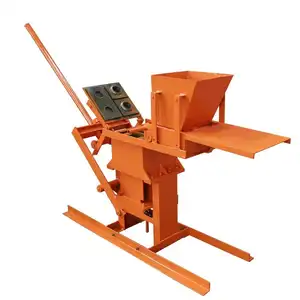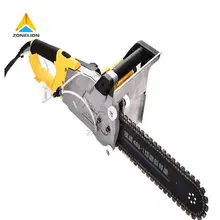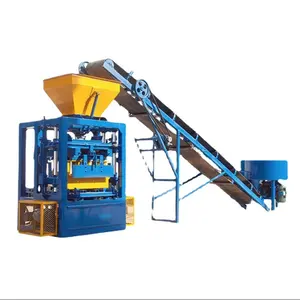AAC Block Machine Overview
Autoclaved Aerated Concrete (AAC) block machines form the backbone of the AAC block production industry. These specialized pieces of equipment are designed to produce AAC blocks, which are known for their lightweight, thermal insulation, and fire resistance, making them a preferred choice in modern construction.
Types of AAC Block Machines
The variety of AAC block machines caters to different production scales and requirements. From small-scale manual machines to fully automated systems, the spectrum includes machines that can produce a diverse range of block sizes and quantities to match project demands.
Features of AAC Block Machinery
AAC block production lines are equipped with advanced features that ensure efficient production. These include precise control systems, robust designs for longevity, and energy-efficient operations. The machinery is capable of producing high-strength blocks with excellent dimensional accuracy.
Materials and Applications
AAC blocks are made from a mixture of cement, lime, sand, water, and an expansion agent. The AAC block manufacturing process involves curing the blocks in a pressurized steam chamber, known as an autoclave, which gives AAC blocks their unique properties. These blocks are used in a variety of construction applications, from residential to commercial buildings.
Advantages of Using AAC Blocks
The use of AAC blocks offers numerous advantages, such as reduced building weight, improved thermal efficiency, and lower transportation costs due to their lightweight nature. Moreover, the AAC block making machine plays a crucial role in the sustainable aspect of construction, as it produces eco-friendly blocks with a minimal carbon footprint.
Selecting the Right AAC Block Machine
When considering an AAC block machine and price, it is essential to evaluate the machine's specifications, production capacity, and the adaptability to different block sizes. The selection should align with the operational requirements and the scale of the construction projects intended.



























 浙公网安备 33010002000092号
浙公网安备 33010002000092号 浙B2-20120091-4
浙B2-20120091-4